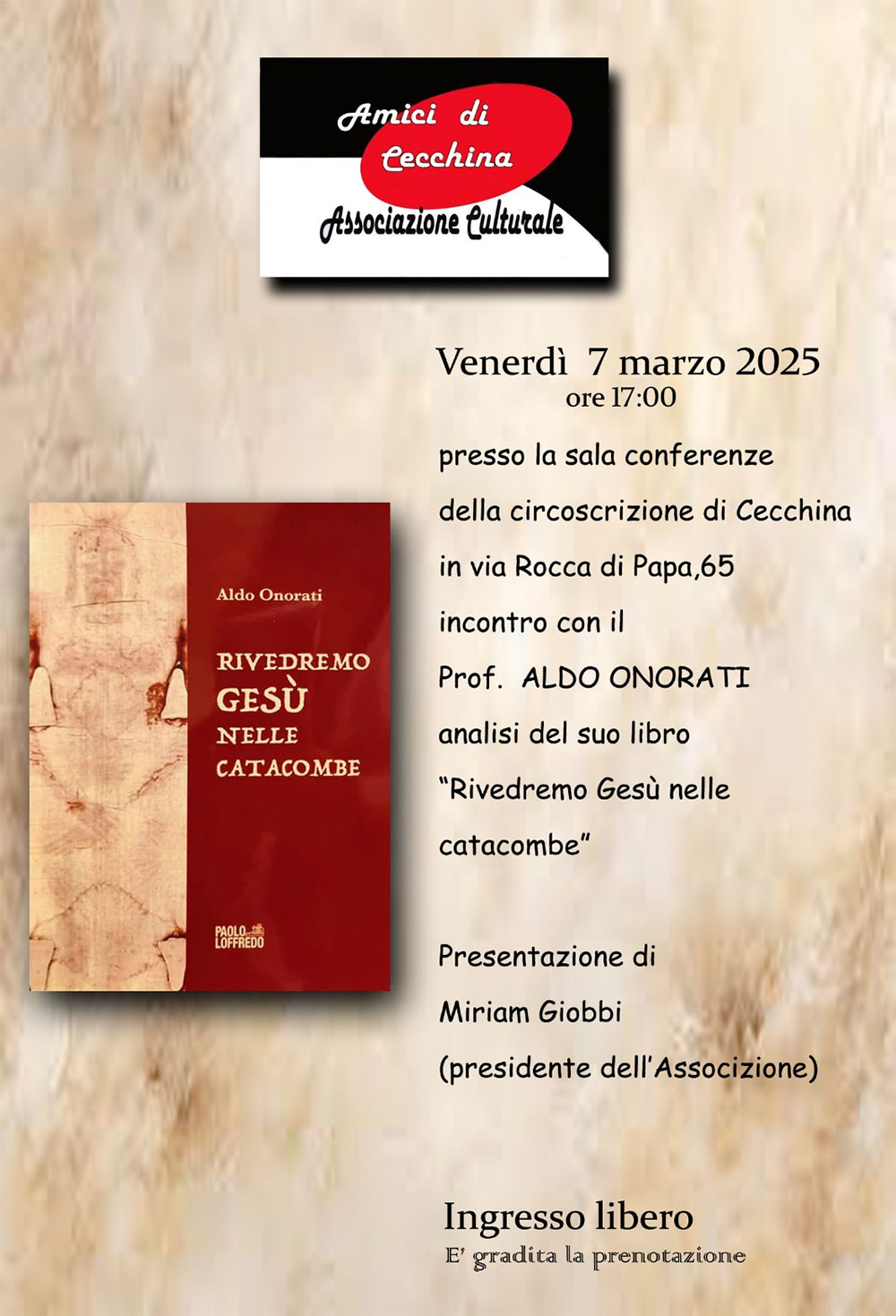 Paolo Loffredo, sixth generation of a large family of publishers and booksellers engaged in the production and distribution of books since the late nineteenth century, creates in 2012 the new editorial company Paolo Loffredo Editore. The historical site was until the '80s in the heart of the historic centre of Naples in Via San Biagio dei Librai, lower Decumano and also known as the SpaccaNapoli.
Paolo Loffredo, sixth generation of a large family of publishers and booksellers engaged in the production and distribution of books since the late nineteenth century, creates in 2012 the new editorial company Paolo Loffredo Editore. The historical site was until the '80s in the heart of the historic centre of Naples in Via San Biagio dei Librai, lower Decumano and also known as the SpaccaNapoli.
At the beginning of the twentieth century, Giuseppe Loffredo decided to add book selling to the book production, which definitively imposed itself after World War II with the publication of manuals for the University and for the School that succeeded in establishing themselves soon throughout Italy.
LAST EVENT
"Rivedremo Gesù nelle catacombe"
07 Marzo 2025 - Sala Conferenze circoscrizione di Cecchina - via Rocca di Papa 65, Albano Laziale (RM) - ore 17,00

Stories that matter
ISSN: 2166 - 1349
Language: English
Publisher: Paolo Loffredo Editore Srl

Description
Stories that matter. A socio-semiotic approach to contemporary narratives of migration
This volume focuses on contemporary stories of migration as construed both on the Internet and in newspaper articles through verbal and visual resources. The author’s main idea is to critically unveil some of the common misunderstandings and consequent misbehaviours towards migrants and migration. The research stems from a real event triggering some reflections on the way migration stories are mediatised today. The media have indeed a strong responsibility as far as the audience is concerned, they have a ‘social role’ in educating and informing viewers and readership, yet very often the need to market the news results in biased and/or romanticed representantions. Against this backdrop, the author tries to answer the following research questions: Why should journalists be interested in reporting single stories about migration rather than focusing on the issue as a whole? Why should news programmes and newspapers be eager to present single stories? And, why should journalists be interested in creating or strengthening stereotypes when dealing with cogent issues such as migration? This book introduces two contrastive investigations to tackle the linguistic and semiotic representation of migration. The first one looks at migration stories and images collected from .it and .uk domains. The analysis follows Bednarek and Caple’s analytical taxonomy (2012) combined with Lester’s preliminary steps (2013) with the purpose of sketching out the difference between the way British and Italian representations of migration is currently taking place on the web. The second investigates newspaper articles, considering the role that the press plays in society (Rao 2010, Harper and Yantek 2003). The analysis of two collections of newspaper articles from both Italian and British newspapers, namely Il Corriere della Sera, La Repubblica, The Guardian and The Telegraph, seeks to verify whether news discourse is turning into a form of narration. As a matter of fact, the author relies on Propp’s folk tales framework applied to newspaper articles. Such an innovative resemiotisation of Propp’s theory leads to the claim that if an article can be analysed by applying the methodological tools commonly used to study folktales, that is fiction, then perhaps newspaper articles are losing their principal feature of being reliable informative texts.
Author
Francesca Vigo, Lecturer in English and Linguistics at the University of Catania, DISUM. Holds a Ph.D. in English and Anglo-American Studies, a diploma in Social Communications, a MA in Applied Linguistics and a Postgraduate Diploma in Literary Translation. The main fields of her research are focused on sociolinguistics, linguistic and gender studies, Tales about diversity, linguistic contact, Pragmatics in multilingual contexts, World engilshes and translation. Lately she has focused on migrants and stories of migrants, images as a category of meaning construction, social attitudes towards LGBTI. She has published these topics nationally and internationally.



